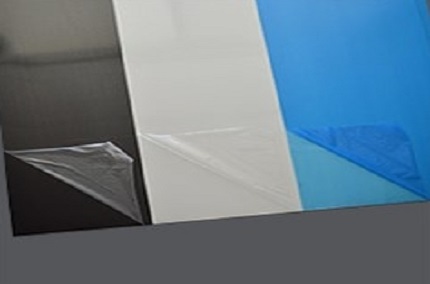 Benefits and Applications of Synthetic Resin Material in Construction
Benefits and Applications of Synthetic Resin Material in Construction
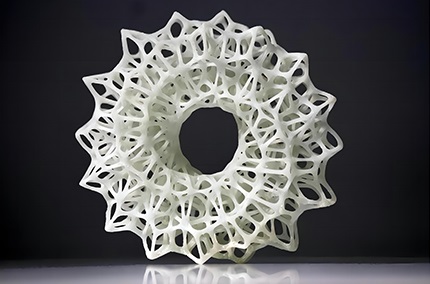 Safety Precautions to Take When Working with Epoxy Resin Printers
Safety Precautions to Take When Working with Epoxy Resin Printers
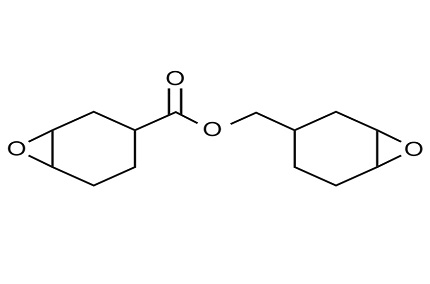 Harnessing the Benefits of Cycloaliphatic Epoxy Resins
Harnessing the Benefits of Cycloaliphatic Epoxy Resins
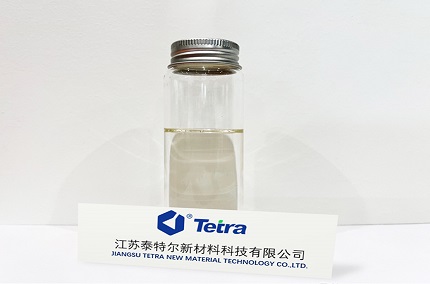 Factors Affecting the Performance and Durability of Cycloaliphatic Epoxy Resins
Factors Affecting the Performance and Durability of Cycloaliphatic Epoxy Resins
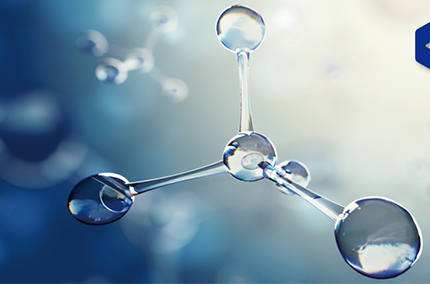 Environmental Impact and Sustainability of Alicyclic Epoxy Resin
Environmental Impact and Sustainability of Alicyclic Epoxy Resin
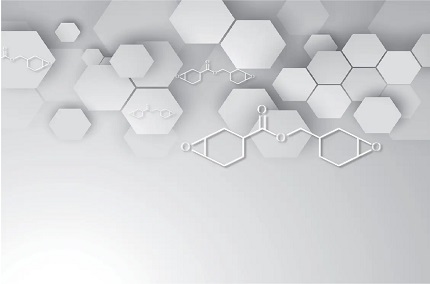 Properties and Characteristics of Alicyclic Epoxy Resin
Properties and Characteristics of Alicyclic Epoxy Resin
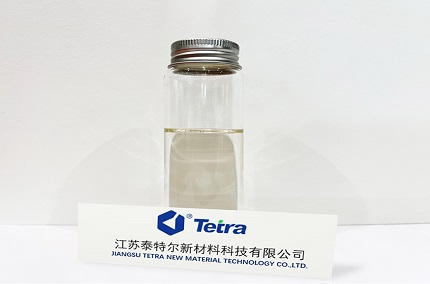 Revolutionizing Adhesives: The Role of Cycloaliphatic Resin in Bonding Technology
Revolutionizing Adhesives: The Role of Cycloaliphatic Resin in Bonding Technology
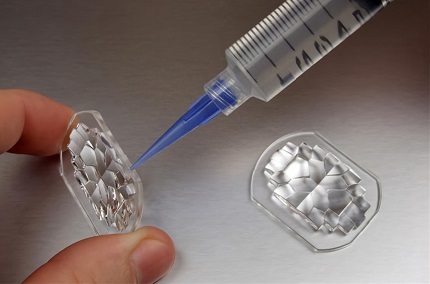 Harnessing Cycloaliphatic Epoxides For Robust Electrical Insulation
Harnessing Cycloaliphatic Epoxides For Robust Electrical Insulation
 Revolutionizing Automotive Coatings: The Role of Cycloaliphatic Epoxides
Revolutionizing Automotive Coatings: The Role of Cycloaliphatic Epoxides
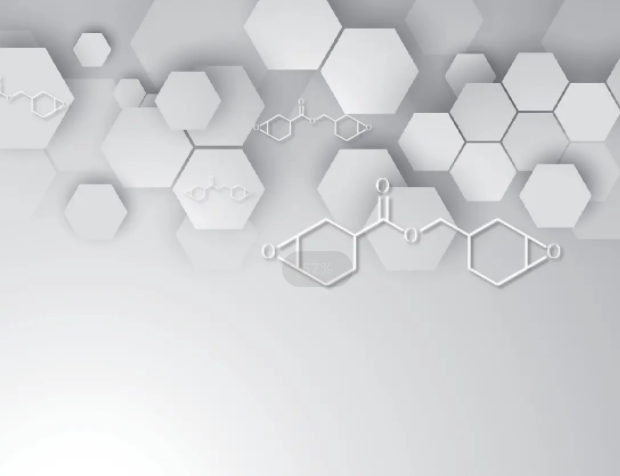 The Hidden Power of Glycidyl Amine: Unraveling Its Impact in Biotechnology
The Hidden Power of Glycidyl Amine: Unraveling Its Impact in Biotechnology
 Exploring the global market of cycloaliphatic epoxy resin manufacturers: Trends, challenges, and opportunities
Exploring the global market of cycloaliphatic epoxy resin manufacturers: Trends, challenges, and opportunities
 Unveiling the best cycloaliphatic epoxy resin manufacturers: quality, reliability, and innovation
Unveiling the best cycloaliphatic epoxy resin manufacturers: quality, reliability, and innovation